In the realm of economic policy, few ideas have sparked as much debate and skepticism as the notion of replacing income taxes with tariffs. President Donald Trump, in a statement that has garnered significant attention, recently reiterated his ambitious vision: a future where Americans pay no income tax, funded instead by tariffs. While the idea may sound appealing to many who dread tax season, the practicalities and potential consequences of such a plan are far more complex and problematic than they initially appear.
The Vision and Its Challenges
Trump's vision is rooted in the belief that tariffs can generate substantial revenue for the federal government. In theory, this revenue could then be used to eliminate income taxes, thereby providing significant financial relief to American taxpayers. "We’re going to make a lot of money, and we’re going to cut taxes for the people of this country," Trump said before boarding Air Force One for his return from Pope Francis' funeral in Rome. "It’ll take a little while before we do that, but we’re going to be cutting taxes, and it’s possible we’ll do a complete tax cut, because I think the tariffs will be enough to cut all of the income tax."
However, the feasibility of this plan is fraught with challenges. To begin with, the federal government currently raises about $3 trillion a year from income taxes. The United States also imports around $3 trillion worth of goods annually. According to Torsten Slok, chief economist at Apollo Global Management, tariffs would need to be at least 100% on all imported goods for the levies to replace income taxes. This is significantly higher than the current effective tariff rate of 22.8%, as reported by Fitch Ratings.
The Economic Realities
The math, unfortunately, does not add up. The tariffs already imposed and scheduled to take effect are estimated to bring in just $170 billion in annual revenue, according to the Tax Foundation. This falls well short of the $3 trillion generated by income taxes. Erica York, vice president of federal tax policy at the Tax Foundation, emphasized this discrepancy: "The math just doesn’t add up. Not even close."
Moreover, the economic impact of such high tariffs would be profound. As prices rise, demand typically falls. This means that even if tariffs were increased to the levels required to replace income tax revenue, the actual revenue generated would likely be less due to reduced consumer demand. "The challenge is that it is unclear what will happen to sales if all imported products double in price," Slok noted. "Given higher prices result in lower sales, it may require as much as 200% tariffs on all imported goods for the total tariff revenue to replace income taxes."
The Social and Political Implications
Replacing income taxes with tariffs would also have significant social and political implications. Income taxes are progressive, meaning they take a larger percentage from higher-income earners. Tariffs, on the other hand, are regressive, affecting lower- and middle-income households more severely. This shift could exacerbate income inequality, making it a less attractive option for many Americans.
Furthermore, eliminating income taxes would require an act of Congress, and currently, there is no legislation on the table to achieve this. Even if such a bill were introduced, it would face significant opposition, as it would require a fundamental restructuring of the American tax system.
The Practical Challenges
Another practical challenge is the stated goal of using tariffs to incentivize companies to manufacture goods in the United States. If successful, this would reduce imports and, consequently, tariff revenue. For example, the massive 145% tariff placed on most Chinese goods has effectively halted trade with China, meaning no revenue is generated from that source. "Now they’re not doing any business with us. You know, because, not because of them, because of me, because at 145% you can’t do business," Trump acknowledged.
Additionally, corporate income taxes, which make up just 6% of all US tax revenue compared to 41% from individual income taxes, would not be sufficient to cover the shortfall. Trump's plan to use tariff revenue to pay down America's debt further complicates the equation.
The Broader Economic Landscape
The broader economic landscape also presents significant hurdles. The current effective tariff rate of 22.8% is already the highest among developed countries and has contributed to economic uncertainty and potential recession risks. Increasing tariffs to the levels required to replace income taxes would likely exacerbate these issues, leading to higher prices for consumers and potentially stifling economic growth.
Moreover, the global economic repercussions of such high tariffs could be severe. Trade partners might retaliate with their own tariffs, further disrupting international trade and potentially triggering a global economic downturn. The interconnected nature of the global economy means that such actions could have far-reaching consequences, affecting not just the United States but the entire world.
While the idea of eliminating income taxes may seem appealing, the practicalities and potential consequences of replacing them with tariffs are daunting. The economic, social, and political challenges are significant, and the math simply does not add up. As Trump himself acknowledged, achieving this goal would take time and would require addressing numerous complex issues.
In the end, the vision of a tariff-funded tax cut remains an ambitious but highly uncertain proposition. It underscores the need for careful consideration and thorough analysis of any major changes to the tax system. As policymakers and economists continue to debate the merits and feasibility of such a plan, the American public will be watching closely, weighing the potential benefits against the significant risks involved.

By Eric Ward/Apr 29, 2025

By Jessica Lee/Apr 29, 2025

By Lily Simpson/Apr 29, 2025
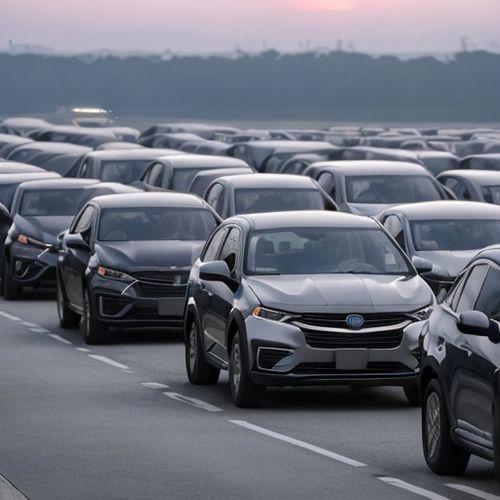
By Amanda Phillips/Apr 29, 2025

By James Moore/Apr 29, 2025

By Amanda Phillips/Apr 29, 2025

By Sophia Lewis/Apr 29, 2025
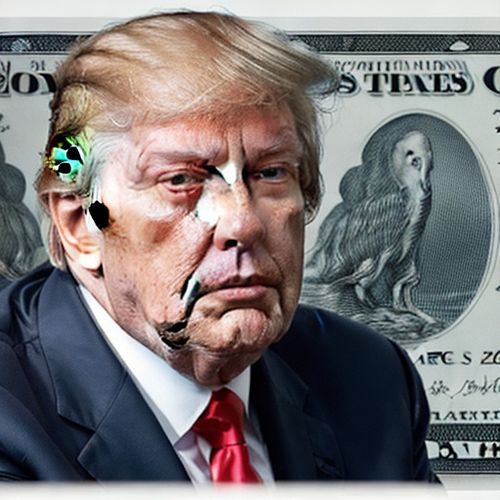
By Ryan Martin/Apr 29, 2025

By Elizabeth Taylor/Apr 29, 2025

By Noah Bell/Apr 29, 2025
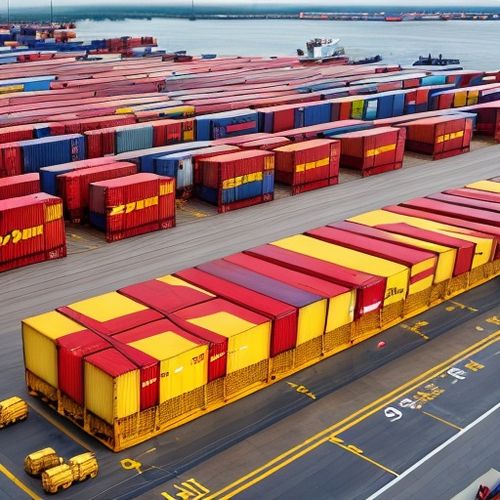
By Emily Johnson/Apr 29, 2025

By Grace Cox/Apr 29, 2025

By Rebecca Stewart/Apr 29, 2025

By Elizabeth Taylor/Apr 29, 2025

By Michael Brown/Apr 29, 2025
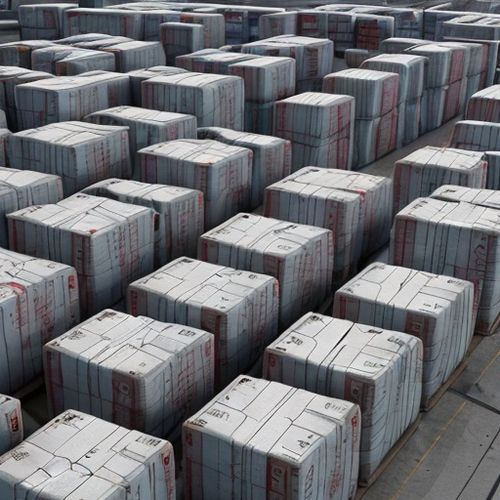
By Olivia Reed/Apr 29, 2025
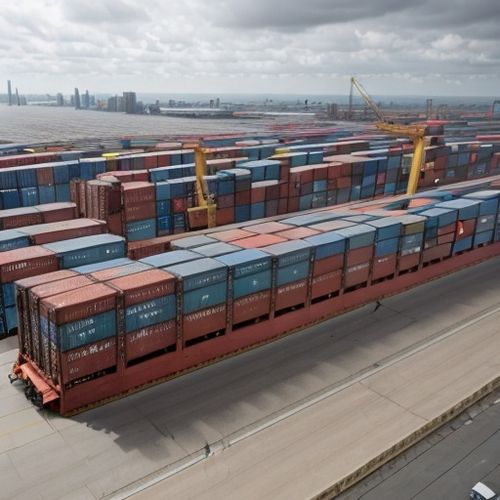
By Daniel Scott/Apr 29, 2025

By Joshua Howard/Apr 29, 2025

By Megan Clark/Apr 29, 2025

By John Smith/Apr 29, 2025